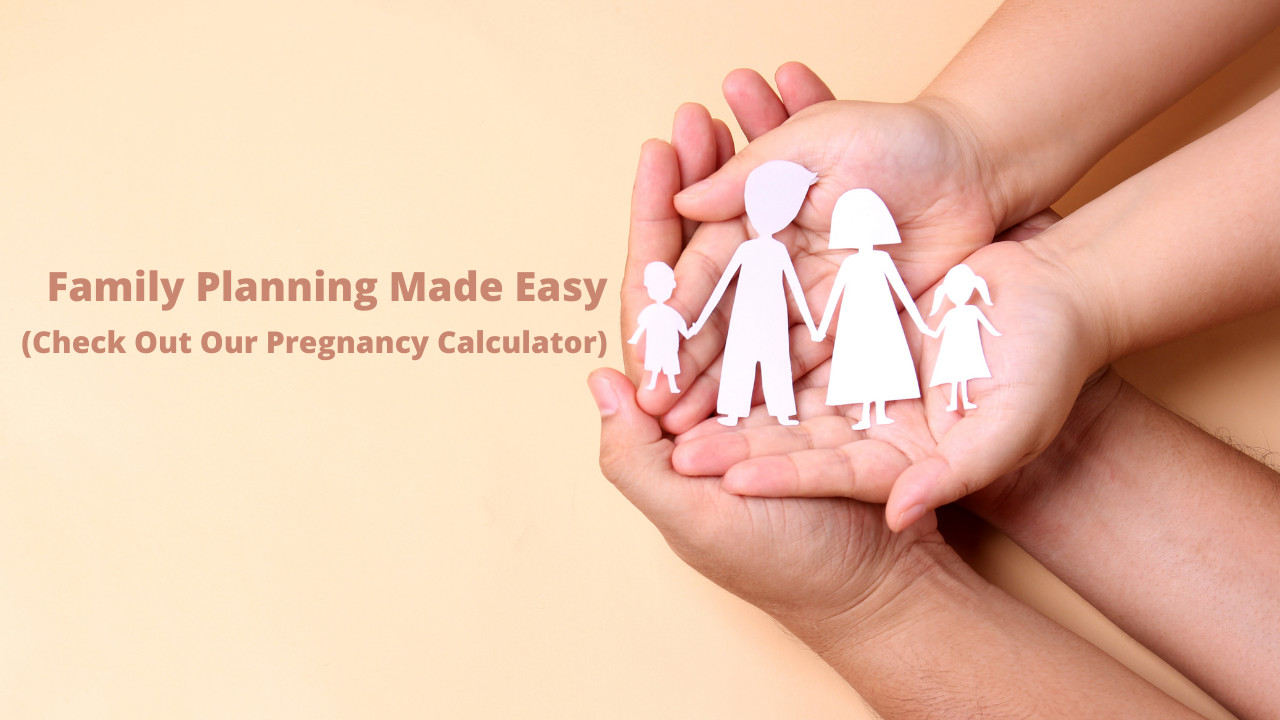
Pregnancy and Family Planning: A Comprehensive Guide
Introduction
Pregnancy is a transformative journey that brings immense joy and responsibility. It is a time of profound physical, emotional, and social changes for both the expectant mother and her family. Family planning, on the other hand, empowers individuals and couples to make informed decisions about their reproductive health and the timing and spacing of their children. This comprehensive guide will delve into the intricate aspects of pregnancy and family planning, providing valuable information and guidance for those navigating these life-altering experiences.
Understanding Pregnancy
Conception and Development
Pregnancy begins with conception, which occurs when a sperm fertilizes an egg in the fallopian tube. The fertilized egg, now known as a zygote, travels down the fallopian tube into the uterus, where it implants in the uterine lining. Over the next nine months, the zygote develops into an embryo and then a fetus, undergoing remarkable growth and differentiation.
Trimesters of Pregnancy
Pregnancy is divided into three trimesters, each characterized by distinct physical and developmental changes:
- First Trimester (Weeks 1-12): Rapid growth and development of the fetus, formation of major organs, and morning sickness.
- Second Trimester (Weeks 13-27): Increased fetal movement, development of facial features, and a growing baby bump.
- Third Trimester (Weeks 28-40): Rapid weight gain, preparation for labor, and the fetus reaching full maturity.
Prenatal Care
Prenatal care is crucial for ensuring a healthy pregnancy and the well-being of both the mother and the baby. It involves regular checkups with a healthcare provider to monitor the mother’s health, assess fetal development, and provide necessary interventions. Prenatal care includes:
- Physical examinations
- Blood tests
- Ultrasounds
- Genetic screening
- Education and counseling
Labor and Delivery
Labor is the process of giving birth, which typically begins with contractions of the uterus. The cervix dilates to allow the baby to pass through the birth canal. Delivery involves the expulsion of the baby, followed by the placenta.
Family Planning
Family planning is the practice of controlling the number and spacing of children through the use of contraception or other methods. It allows individuals and couples to plan their families according to their circumstances, values, and goals.
Contraception
Contraception, also known as birth control, is any method used to prevent pregnancy. There are various types of contraception available, including:
- Barrier methods (e.g., condoms, diaphragms)
- Hormonal methods (e.g., birth control pills, implants)
- Intrauterine devices (IUDs)
- Emergency contraception
Other Family Planning Methods
In addition to contraception, other family planning methods include:
- Natural family planning (e.g., tracking ovulation)
- Withdrawal
- Vasectomy
- Tubal ligation
Benefits of Family Planning
Family planning offers numerous benefits for individuals, families, and communities:
- Improved maternal and child health: Reduces the risk of pregnancy-related complications and improves the health of both mothers and children.
- Economic empowerment: Allows women to pursue education, careers, and other opportunities.
- Reduced poverty: Helps families manage their resources and break the cycle of poverty.
- Environmental sustainability: Contributes to population control and reduces the strain on natural resources.
Challenges and Considerations
While family planning is essential for reproductive health, it can also present challenges and considerations:
- Access to services: Some individuals may face barriers to accessing family planning services due to cost, availability, or cultural factors.
- Unintended pregnancy: Despite the use of contraception, unintended pregnancies can still occur.
- Ethical concerns: Some religious or cultural beliefs may influence attitudes towards family planning.
Conclusion
Pregnancy and family planning are interconnected aspects of reproductive health that have profound implications for individuals, families, and society as a whole. Understanding the complexities of pregnancy and the options available for family planning empowers individuals to make informed decisions about their reproductive lives. By promoting access to family planning services, providing comprehensive prenatal care, and addressing the challenges and considerations involved, we can create a world where every pregnancy is desired and every child is welcomed into a loving and supportive environment.